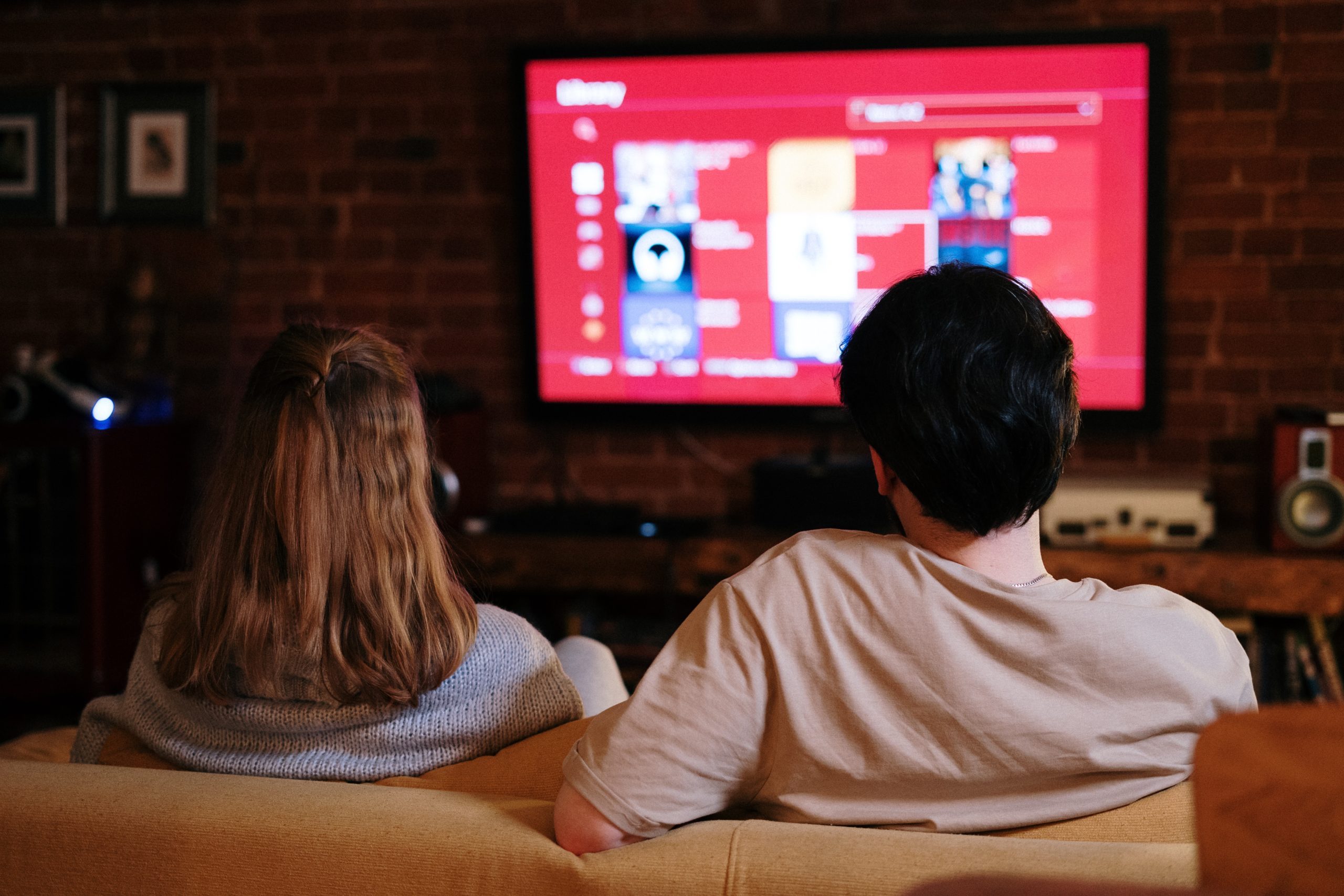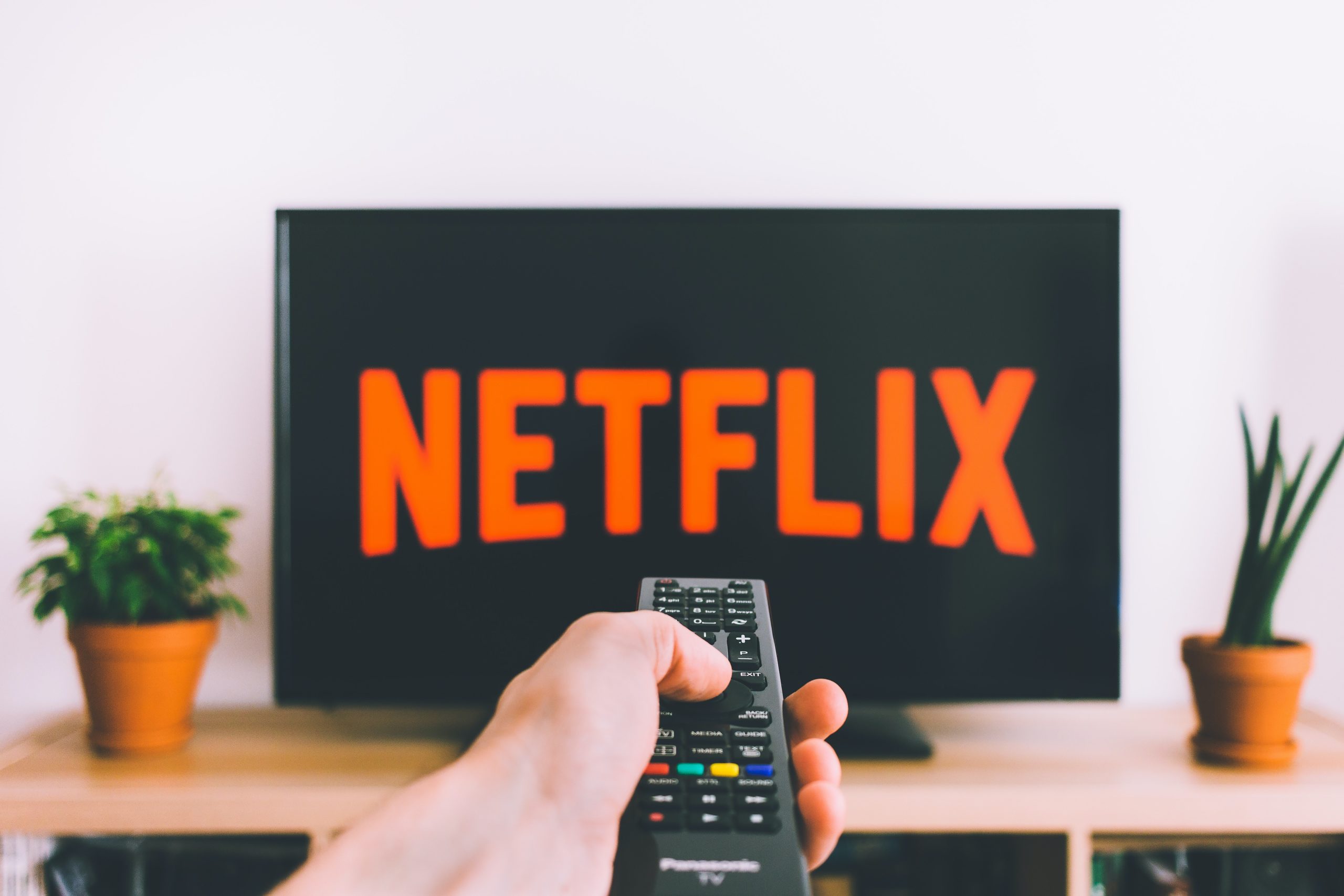Even before the invention of Netflix, people have been sitting on their sofas for hours on end watching movies and TV shows. However, the streaming services of today have elevated the problem of binge-watching to a whole new level, making entertainment one of the growing culprits of a sedentary lifestyle. This article, therefore, will try to figure out an important question – is binge watching dangerous? We will discuss the immediate dangers of binge watching, and how it is related to quality of sleep, obesity, addiction, and deterioration of mental health. Let’s dive in.

Sitting long hours in front of the TV feels intuitively bad. That we should turn of the screen and go to bed is a truism so old that it’s been drummed into every one of us on a mother’s knee. But then how come most people adopted this escapism ritual, deregulating their dopamine levels and putting their health in serious jeopardy? In order to answer whether binge watching is dangerous, and why exactly it is harmful to our health, we must first understand its appeal.
Is binge watching dangerous? Yes. Is it fun? Yes!
On demand streaming services like Netflix, HBO, Disney+, Amazon Prime and Hulu invest millions of dollars every month in order to produce high quality media that is entertaining and addictive. They tailor the user experience, user interface and every algorithm of their service towards a single goal – get as many people watching for as many hours possible.
Attention engineers are paid to chip in with their extensive knowledge of behavioral psychology, and what you end up with is a highly entertaining, highly addictive product, delivered 24/7, to your home, only few clicks away.
Episodes are analyzed carefully in regards to run time, chance of boredom, entertainment, surprise hooks, plot reveal, musical and visual stimuli, all with the end goal of keeping you glued to the TV. And it works! Overwhelmed with signals, our dopamine receptors are on a rollercoaster ride. Storytelling is a powerful tool, and the fine-tuned art of filmmaking is proving more addictive by the year.
Observing the shared percentage of streaming, during the second quarter of 2020, Netflix sits at the top of minutes streamed with 34%, above YouTube with 20%. This indicates a marked dominance of binge watching habits as opposed to shorter viewing sessions. Moreover, streaming services are very popular with Millennials and GenZ, with the largest percentage of users subscribing to more than one platform (53% of users older than 16 years of age, and 72% of users 16-34 years of age subscribe to at least two platforms). This sets a concerning trend for years to come.
During the last decade Netflix has cut down its movie library by about half, while increasing the number of TV shows by a quadruple. This indicates a strong commitment to longer entertainment formats, which when delivered and available at once, compel the viewer to sit long periods of time in front of the TV.
Why is binge watching dangerous?

The harmful effects of binge-watching have to do with quality of sleep, dopamine regulation, obesity promoting habits, and cardiovascular as well as musculoskeletal issues related to a sedentary lifestyle.
In the remaining part of the article, we will discuss these separately. By the end of this text, it will be rather obvious that what might begin as a harmless entertainment pastime, could potentially develop into a harmful habit. The transition, as I will try to argue, is fast, hard to notice, and often times inevitable.
Dangers of binge watching
Now that we know that binge watching is dangerous, it is important to elaborate exactly why. So let us begin with the obvious suspects:
Poor sleep quality
Screens emit blue light which easily interferes with our mechanism of melatonin production. On top of that, binge watching is usually associated with an increased intake of food, most often junk food, which further impairs our ability to fall asleep at a reasonable time.
According to PC Mag, the average Netflix user is watching 3.2 hours of content daily, and considering how work hours usually take the first half of the day, it is not entirely outlandish to assume that most of this screen time is attributed to the evening. This also hints at a binge watching style of movie consumption, as it is impossible to consume 3.2 hours of TV without lumping together at least two.
One study published in the Journal of Clinical Sleep Medicine, observed 423 adults of which 80.6% identified as binge watchers. It discovered that 32.6% of people who had poor quality of sleep were in fact binge watching regularly.
New viewing styles such as binge viewing are increasingly prevalent and may pose a threat to sleep. Increased cognitive arousal functions as the mechanism explaining these effects.
Increased risk of developing obesity and metabolic syndrome

One of the most prominent dangers of binge watching is the increased likelihood that food will be consumed parallel to the visual entertainment. Takeout food or snacks are much more likely to be the first choice instead of home cooked meals, which over time leads to increased blood sugar, insulin resistance, and caloric surplus resulting in fat accumulation. This is the process by which weight gain, obesity and metabolic syndrome develop, putting strain on your pancreas, cardiovascular system and mood regulation.
Chips, popcorn, sweets and carbohydrate-rich drinks are usually part of the viewing experience.
Deteriorating mental health
Binge watching is hazardous because you are training your dopamine regulation system to react to instant gratification, thus perpetuating an addictive behavior. Combined with lack of sleep, or poor quality of sleep, as well as junk food, this cycle creates issues with emotional and mental health.
Additionally, movies and TV shows are often intense, with emotional rollercoasters and addictive elements embedded into the production.
Moreover, the toll on mental health is directly related to a time allocation puzzle – the hours you spend binge watching episodes, are hours not spent on social interaction, self-reflection, reading, talking with your partner or playing with your kids. These hours, when invested poorly, stifle your development and create mental health problems down the road due to lack of variety in stimuli. We are, after all, bound to a series of needs that stretch beyond the habit of gazing into a visual spectacle.
Cutting on sleep in order to squeeze in another episode is also ill-advised if you want to maintain good mental health.
Binge-watching perpetuates a sedentary lifestyle

Binge watching for several hours can be dangerous and you can have serious consequences on your physical health as well. It is usually the case that when we watch TV we are not sitting with a proper posture. After a while, this creates musculoskeletal ailments affecting the spine, which consequently affects our mood, energy and mental health.
Moreover, sitting stationary for hours on end puts a tremendous strain on your cardiovascular system as well. On demand streaming services take pride in not showing ads, but back in the good old days of cable TV, ads were an opportunity to stand up and go to the kitchen or bathroom, no matter how briefly.
Few years ago TV shows were produced within a 50-minute frame, allowing us to become somewhat aware of a prolonged sedentary streak, at least compelling us to stand up before playing the next episode. Nowadays, studios experiment with shorter runtime, ranging between 30 and 42 minutes. The Mandalorian, a Disney+ TV show placed in the Star Wards universe, is but one example.
The growing libraries of on demand platforms present another challenge since back in the good old days we had to wait an entire week for our favorite TV show to air a new episode. Today, you can sit down and watch the whole season of popular shows like House of cards the moment it gets released. Retroactive viewing is also a big issue, since shows like Game of Thrones, which feature up to 8 seasons, are neatly arranged and available with a single click.
Binge watching is dangerous because of deteriorating eye health
We stare at the screen for work, for momentary distraction when scrolling social media feeds on our smartphone, and for evening entertainment. Binge watching goes against all of the healthy habits for maintaining good eyesight, and over time contributes to dry eyes, headache, and possibly the development of myopia.
Binge watching can be addictive

Is binge watching dangerous? Yes, because it can easily create an addictive behavior. Short episodes serve as a careful dosage for narrative and plot development, and we become emotionally invested into what happens to our favorite protagonists and villains. The entertainment industry puts a lot of money into behavioral research, running pools and test groups to determine which production decision enhances retention.
Faced against a multibillion dollar industry, our old brain stands no chance of breaking the addictive cycle. In fact, it does quite the opposite, establishing binge watching as a regular habit.
Researchers from the Sapienza University of Rome, in Italy, have developed an addiction questionnaire that enables further research into the field.
Despite some limitations, our results emphasize that BWAQ (Binge Watching Addiction Questionnaire) has appropriate psychometric properties, and it constitutes a promising questionnaire for the emerging binge-watching research area… Therefore, this questionnaire may enable researchers to improve binge-watching research significantly.
Forte G, Favieri F, Tedeschi D, Casagrande M. Binge-Watching: Development and Validation of the Binge-Watching Addiction Questionnaire. Behavioral Sciences. 2021; Vol. 11(2), p. 27. https://doi.org/10.3390/bs11020027
How to enjoy binge watching without risking your health?
Understanding why is binge watching dangerous, you can address every aspect of the problem one at a time.
First of all, make sure to skip some days of the week, where you engage in other activities aside from passive visual entertainment. This goes a long way towards curbing your binge watching addition, as well as maintaining your physical and mental health.
It is also very important to turn some of your binge watching escapades into a social experience, including your partner, family, or friends. Talk about the show, engage with ideas, plot discussion, and plain human interaction.

If you must watch several episodes at once, make sure to at least stand up between episodes, taking a 10-minute break. You can move your body around, stretch for a minute, and then return to your escapism ritual.
Another thing that you can do in order to mitigate the dangers of binge watching is preparing home cooked meals or healthy snacks as to avoid the temptation of junk food. Similarly, drink lots of water in order to stay hydrated and avoid carbohydrate-rich beverages.
You can also commit to a number of episodes prior to sitting down in front of the TV, as to avoid the addictive loop of “just another one”.
Finally, make sure to properly lit the room, and place some TV background lighting, which luminates the wall behind your television, as to minimize the contrast between a vivid screen, and a dark background. This makes your viewing frame less narrow, and your eyes will thank you for it.
Conclusion
Is binge watching dangerous? The short Answer is YES! This article explains how various systems in our body are affected by this new and developing western habit, and how the dangers of binge watching permeate several domains that are relevant to our physical and mental health. Therefore, make sure to Update your Lifestyle by recognizing these hazardous pitfalls, and eliminating as much aspects from this unhealthy habit as you can. If you happen to have someone in your life who is addicted to binge watching, make sure to share this article.